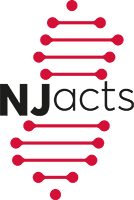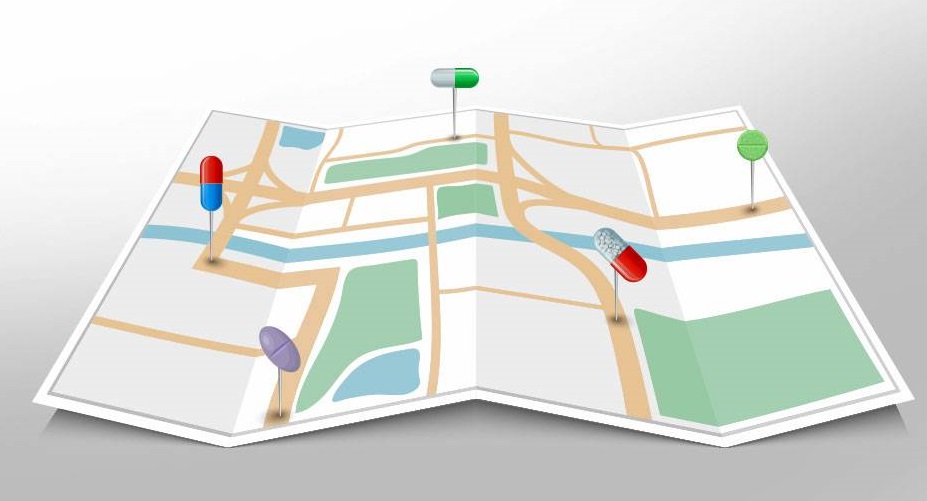Using a national database of insurance claims, Princeton University researchers investigated the type of treatment adolescents — most of whom were around the average age of 12 and suffering from anxiety or depression — receive after a first episode of mental illness. Less than half of children received any therapy within three months, and 22.5% of children received only drug therapy, the researchers report in the Proceedings of the National Academy of Sciences (PNAS). Of the children receiving drugs, 45% were prescribed strong, addictive drugs in the benzodiazepine class (like Valium or Xanax), tricyclic antidepressants, or drugs that were not FDA-approved for use in children as a first line of treatment. To read the full story.
Home / News / Mental illness treatment varies widely among American adolescents within and across ZIP codes.
Recent Posts
- Unveiling the Biomechanical Forces that Drive Scarring.
- Scientists Discover Class of Crystals With Properties That May Prove Revolutionary.
- Will Banning Food Dyes Improve Our Health?
- Backed by Science and Evidence, New Jersey’s Actions Aim to Advance Maternal Health.
- When Doctors Dismiss Symptoms, Patients Suffer Lasting Harm.
Categories
- Community (2,289)
- Covid (987)
- CTO Events (6)
- News (2,914)
- Pilots (21)

